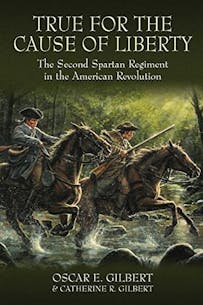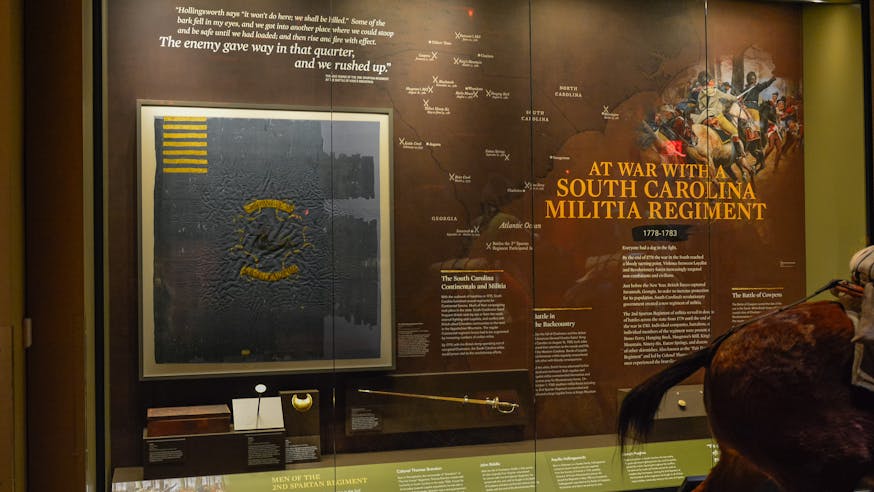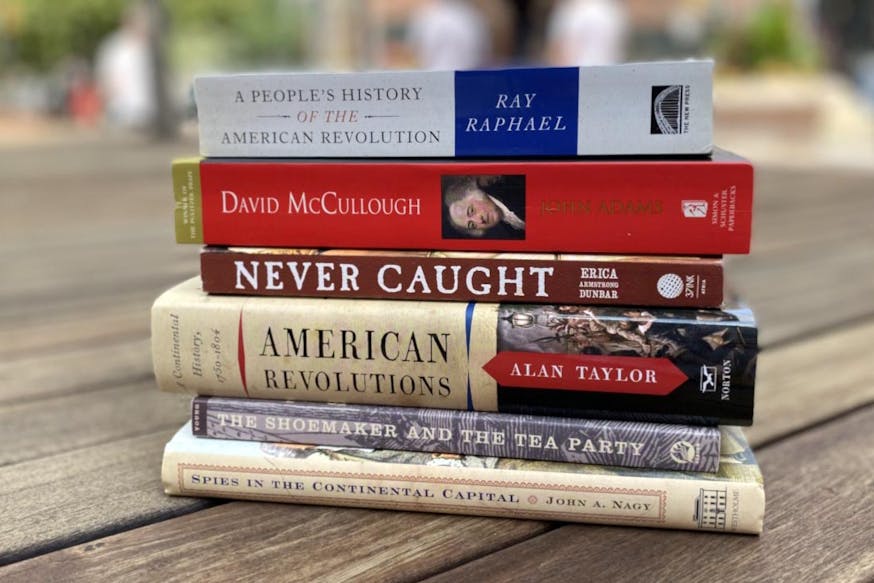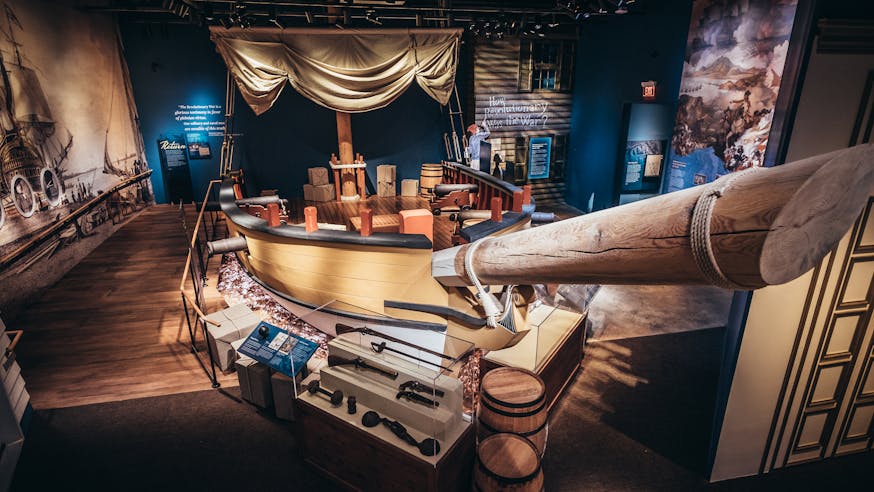Read the Revolution
True for the Cause of Liberty
January 10, 2024
Purchase the book from Casemate Publishers.
The fighting in the south during the Revolutionary War can be characterized as a bloody and brutal civil war. Bands of armed persons moved about the countryside targeting soldiers and civilians alike. In the heat of these battles, a new regiment was raised to defend the Revolutionary communities in the western counties of South Carolina. The 2nd Spartan Regiment of Militia was formed in 1779 and saw action at many of the major and minor fights in the state, until peace was finally declared.
The regiment, led by Colonel Thomas Brandon, formed a key part in the Revolutionary victories at Kings Mountain and Cowpens. Detachments of the regiment were also present at battles such as Eutaw Spring. Oscar and Catherine Gilbert’s book, True for the Cause of Liberty: The Second Spartan Regiment in the American Revolution, charts the lives of these men through their pension records and uses the authors’ backgrounds as a genealogist and geoscientist to highlight the stories written between the lines of the Revolutionary War in the south. By exploring the lives of these soldiers on and off the battlefield, the authors underline the fact that soldiering does not end with the cessation of hostilities. In their later years, these veterans claimed a pension and, through doing so, told the stories of their service in the regiment. Through these soldiers' pensions, readers can better understand the terrain and conditions as well as the combat in these southern battles. Together, the soldiers’ stories and terrain analysis studies patch together a framework helping to tell the story of the 2nd Spartan Regiment of Militia. Men from all walks of life in South Carolina came together in 1779 to fight under their flag, and True for the Cause of Liberty highlights their experience.
The following excerpt shows how the authors bring their expertise in genealogy and geoscience together to describe the 2nd Spartan Regiment’s experience in the Revolutionary War.
Excerpt
With increasingly precise intelligence as to where Ferguson was camped, and his approximate strength, another conference of colonels concocted a typical frontier battle plan, familiar to all from Indian fighting. The force would divide into two columns, surround Ferguson’s camp on the ride, and attack from all sides to assure that no one escaped. The only issue was whether the Patriot numbers were sufficient to surround a numerically superior enemy. It is relevant to point out that in all likelihood additional men had been lost through horses going lame, becoming lost in the wilderness, and so forth. A few men like Christopher Brandon admitted that “… after joined Col Williams to go to Ferguson’s [defeat crossed out] King’s Mountain but my horse tiring I was left behind and did not get up in time to be in the battle.” The stronger among the men on foot, as well as those on weaker horses, were following behind the main column, but the total strength was probably well below the commonly accepted force of about 900.
[…]
Ponder was carrying another dispatch from Ferguson to Cornwallis giving his strength as about 1,000 militia and 100 uniformed Provincials. The officers concealed Ferguson’s superior numbers from their men. Ponder also revealed that Ferguson was wearing a blue and white checked duster, a light overcoat, to protect his uniform. In his thick accent Hambright told his men, “Well poys, when you see dot man mit a pig shirt over his clothes, you may know who him is, and mark him mit your rifles.”
Sign Up
Get biweekly Read the Revolution featured excerpts right to your inbox.
Further last-minute intelligence was obtained through a released prisoner from Brandon’s regiment. Thomas Young recalled that “We came to a field where it was said we were to have some beeves killed.” Food was always much on the mind of the hungry militiamen. “Here we met George Watkins, a Whig, who had just been paroled by the Enemy. He gave our officers information that we were within half a mile of Ferguson’s party on the top of Kings Mountain, & of their position.”
[…]
Incredibly, apart from a few scouts, Ferguson had posted strong pickets only at the base of the ridge, and was still unaware of the danger only half a mile (about a kilometer) away. With darkness fast approaching it was imperative to attack while Ferguson could still be taken unaware.
As previously noted, Ferguson had taken up a position on a bald ridge. Beginning in the nineteenth century many critics have questioned why he chose this particular spot to tarry – and thus even inadvertently accept battle. In all probability, his militia simply needed recuperation after hard marching. It may have been that he indeed thought it a strong defensive position, given the fighting abilities of his militia. Probably his remark that “all the rebels in hell could not drive him from it” was pure braggadocio, but Ferguson's decision has been the subject of considerable speculation.
It is dangerous to try and read the mind of a man dead for over two centuries, but standing on the ground, seeing it as Ferguson saw it – without benefit of modern topographic maps – is informative. The extension of Brushy Ridge is located within a stone's throw of the old colonial-era road that Ferguson's baggage wagons would have to follow. To the naked eye the ridge easily dominates all the immediately surrounding terrain, with the exception of a small knob to the southwest, which would prove significant in the fighting to come. The position had a readily accessible open campsite atop the northeastern end of the ridge, and a spring and small stream on the northwest side provided a reliable water supply.
Gilbert, Oscar E. & Catherine R. True for the Cause of Liberty: The Second Spartan Regiment in the American Revolution, 155-157.
Tags
Learn More

Now on View: New Display on South Carolina’s 2nd Spartan Regiment

Read the Revolution

